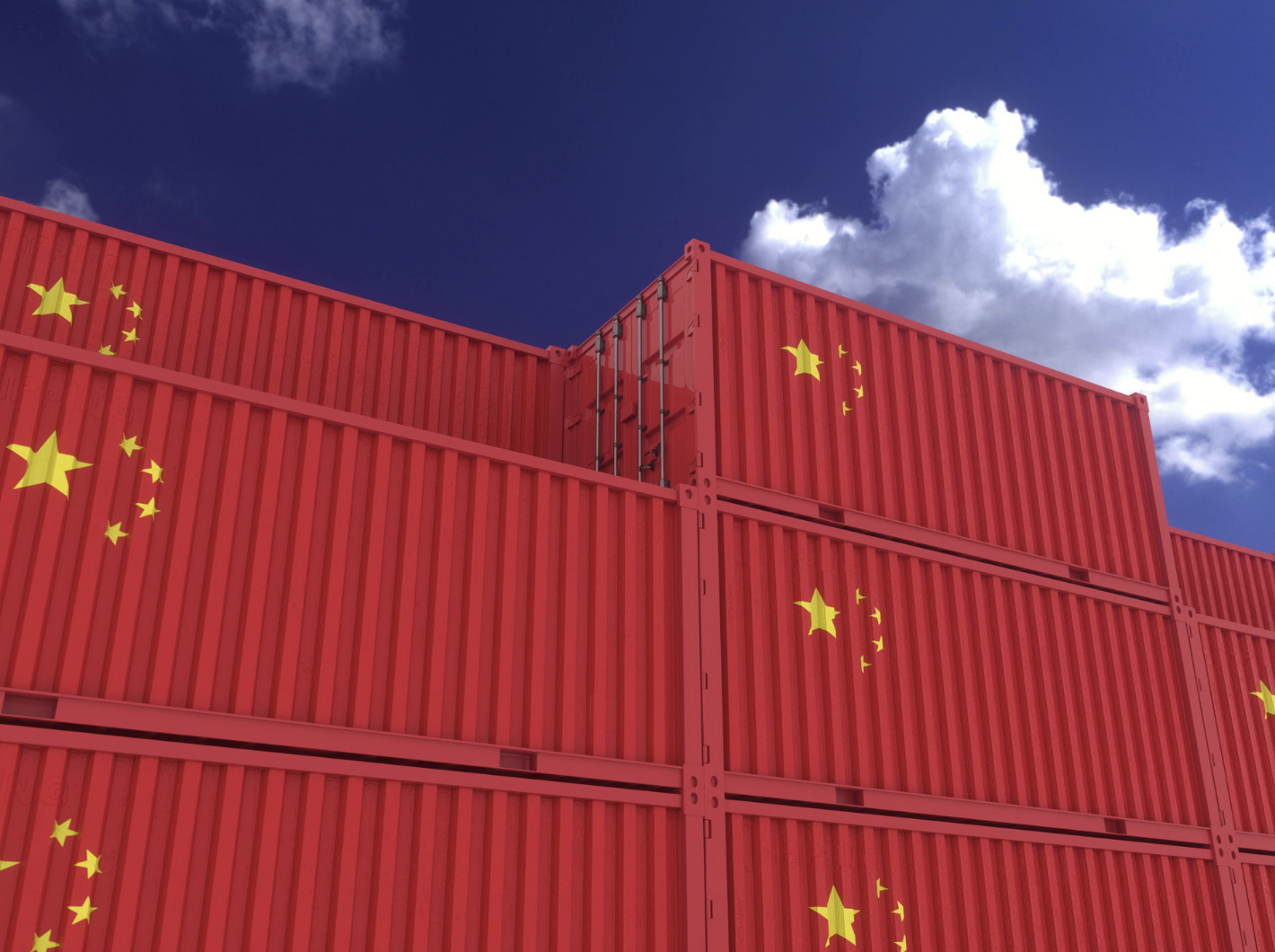China’s exports grew at their fastest in fifteen months in June, suggesting manufacturers are front-loading orders ahead of tariffs expected from a growing number of trade partners. Meanwhile, imports unexpectedly shrank amid weak domestic demand, pointing to potential future challenges for the world’s second-largest economy.
The mixed trade data underscores the ongoing need for government stimulus as China’s $18.6 trillion economy struggles to regain its footing. Analysts caution that the sustainability of recent strong export sales is uncertain, given the increasingly protective stance of major trade partners.
In June, outbound shipments from China increased by 8.6% year-on-year in value, according to customs data released on Friday. This growth outpaced the 8.0% increase forecasted by a Reuters poll of economists and marked an improvement over the 7.6% rise in May. However, imports hit a four-month low, shrinking by 2.3% compared to a forecasted 2.8% increase and a 1.8% rise the previous month, highlighting the fragility of domestic consumption.
Stronger-than-expected exports have been one of the few bright spots for an economy otherwise struggling for momentum despite official efforts to stimulate domestic demand following the pandemic. A prolonged property slump and concerns about jobs and wages continue to weigh heavily on consumer confidence.
As more countries impose curbs on Chinese goods, the pressure on exports to support the government’s economic growth target of around 5% for this year increases. In June, China’s trade surplus reached $99.05 billion, the highest on record since 1981, surpassing the forecast of $85 billion and the $82.62 billion surplus in May.
The United States has repeatedly highlighted this surplus as evidence of one-sided trade favoring China. In May, Washington hiked tariffs on various Chinese imports, including quadrupling duties on Chinese electric vehicles (EVs) to 100%. The European Union also confirmed tariffs on Chinese EVs, though up to a maximum of 37.6%.
Chinese exporters are on edge as the U.S. elections approach, fearing that either major party may introduce new trade restrictions. Recently, Turkey imposed a 40% additional tariff on Chinese-made EVs, and Canada announced it is considering similar curbs. Indonesia plans to impose import duties of up to 200% on textile products, mainly from China, while India is monitoring cheap Chinese steel. Talks with Saudi Arabia over a free trade agreement have reportedly stalled due to dumping concerns.
The decline in imports could signal trouble for future exports, as nearly a third of China’s imports are parts for re-export, particularly in the electronics sector. In June, China imported only slightly more chips in volume terms than a year earlier, suggesting that its heavy investment in expanding production of older chips—found in everything from smartphones to fighter jets—is distorting supply and demand.
Further indicating weak domestic demand, China’s steel exports in the first half of the year jumped 24% from a year earlier, reflecting a struggling construction sector, which heavily relies on the metal.
China’s stock market followed regional trends lower, with the mixed trade data weighing on investor sentiment. Analysts expect China to introduce more policy support measures soon, and a government pledge to boost fiscal stimulus is anticipated to help revitalize domestic consumption.
Economists and investors are closely watching the upcoming Third Plenum, scheduled for July 15-18, where hundreds of China’s top Communist Party officials will gather in Beijing for the once-every-five-years meeting.





